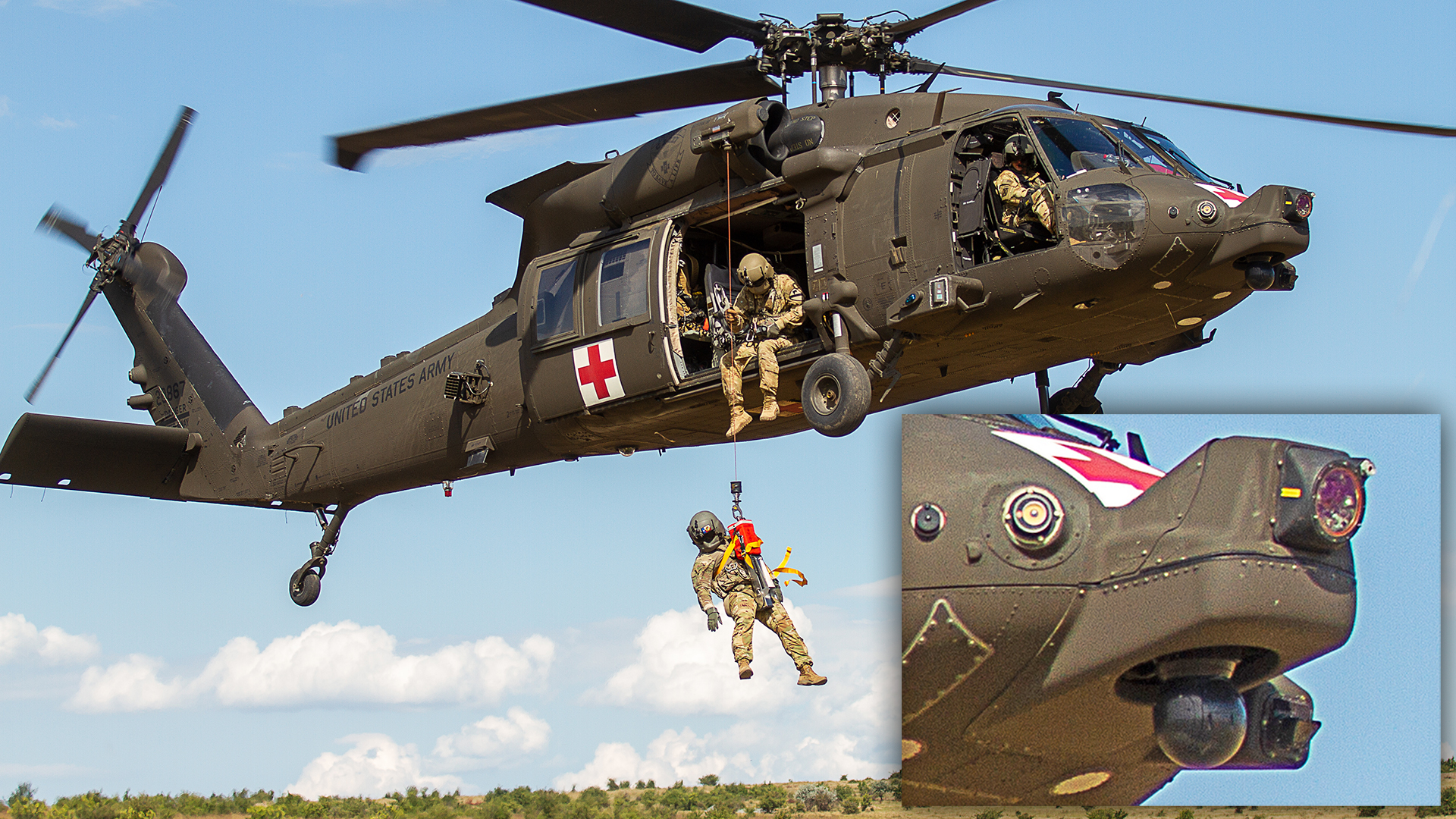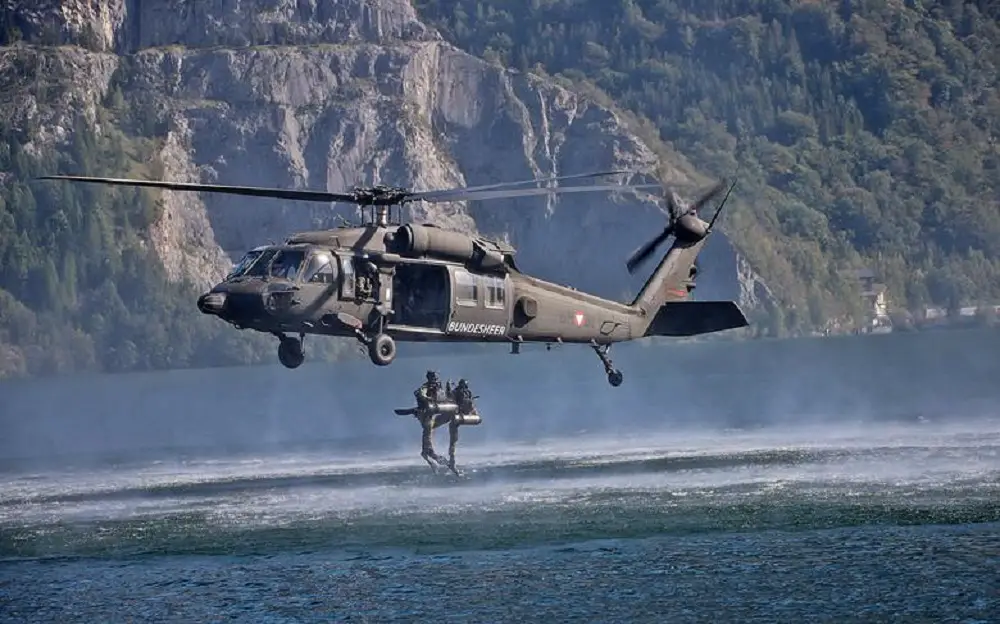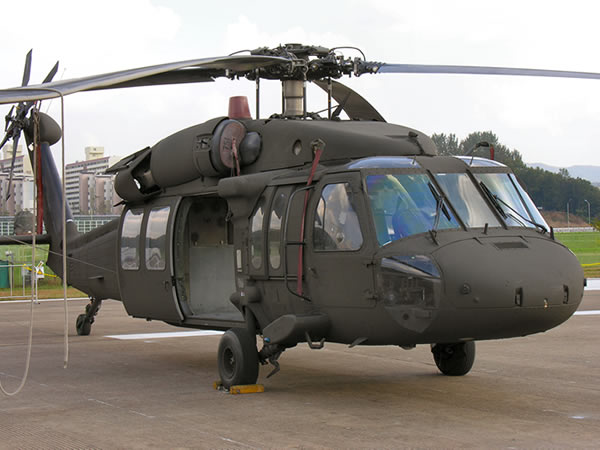The UH 60’s Enduring Legacy in Military Aviation and Its Global Impact
The UH 60’s Enduring Legacy in Military Aviation and Its Global Impact
Blog Article
Exploring the History and Development of the UH 60 Helicopter

Origins of the UH-60
The origins of the UH-60 helicopter can be traced back to the late 1960s, a period noted by the requirement for a functional energy airplane that can adjust to the advancing needs of modern-day war. The united state Military acknowledged the requirement for a substitute for the older UH-1 Iroquois, which was ending up being progressively insufficient for the intricacies of contemporary battle situations. In 1967, the Army initiated the Utility Tactical Transportation Airplane System (UTTAS) program, which looked for to create a multi-role helicopter efficient in different missions, consisting of army transport, medical evacuation, and logistical support.
The design competitors brought in numerous aerospace makers, however it was Sikorsky Aircraft Corporation that eventually secured the contract in 1972. The UH-60 Black Hawk was presented, showcasing cutting-edge design elements and progressed modern technology that set it besides its predecessors. Its maiden trip happened in 1974, and the aircraft was formally taken on by the Army in 1979. The UH-60 promptly got recognition for its durable efficiency, reliability, and adaptability, leading the method for its comprehensive use in army procedures and solidifying its standing as a foundation of U.S. Military aviation.
Key Layout Attributes
Cutting-edge style functions of the UH-60 Black Hawk dramatically add to its operational performance. Among one of the most significant elements is its twin-engine setup, which boosts integrity and gives a higher power-to-weight proportion, allowing the helicopter to do under numerous conditions. The airplane's four-blade major rotor system provides boosted lift and maneuverability, crucial for tactical missions.

Furthermore, the cockpit is created for ideal visibility and comfort designs, featuring advanced avionics that simplify pilot operations. The modular layout of the UH-60 enables for easy upkeep and adaptability, making it ideal for various goal profiles, from troop transportation to medevac operations. These crucial design attributes ensure that the UH-60 Black Hawk continues to be a dependable and versatile property in army aeronautics, with the ability of fulfilling the demands of contemporary war.
Technical Developments
Current technical advancements in the UH-60 Black Hawk have dramatically enhanced its operational abilities and convenience. The assimilation of advanced avionics, such as electronic flight control systems and enhanced situational understanding display screens, allows pilots to run with enhanced precision and effectiveness. These systems facilitate improved navigation, communication, and data sharing, allowing the helicopter to operate effectively in diverse environments.
Furthermore, the intro of composite products has actually minimized the total weight of the aircraft while maintaining structural integrity. This reduction improves gas efficiency and prolongs operational variety. The consolidation of sophisticated rotor innovation, including making use of four-blade, completely verbalized rotor systems, has improved lift performance and ability to move, enabling better handling in numerous trip problems.

Additionally, improvements in propulsion systems, such as the T700-GE-701D engines, have actually boosted power outcome and reliability - uh 60. These engines contribute to exceptional important source performance in hot-weather and high-altitude conditions
Finally, the integration of self-defense systems and enhanced sensing unit plans improves the Black Hawk's survivability and mission performance. Jointly, these these details technological improvements ensure that the UH-60 Black Hawk continues to be a crucial possession in modern aeronautics, efficient in adjusting to the evolving needs of altruistic and armed forces goals.
Function in Military Procedures
As the backbone of united state Army aeronautics, the UH-60 helicopter plays an essential function in various armed forces operations, offering as a versatile system for combat assistance, transportation, and medevac goals - uh 60. Its style includes the ability to run in varied environments, making it crucial for troop activity and logistical assistance in both unique and conventional war

In medical evacuation circumstances, the UH-60 has actually verified indispensable, considerably decreasing the time to move damaged soldiers from the battlefield to medical centers. Its innovative avionics and night vision capabilities better make sure mission success under tough conditions. Overall, the UH-60 helicopter continues to be a crucial asset, continually adapting to fulfill the progressing demands of army operations and boosting the efficiency of U.S. pressures worldwide.
Future of the UH-60
Looking ahead, the future of the UH-60 helicopter entails considerable advancements in modern technology and abilities designed to boost its operational performance. As armed forces procedures progress, the UH-60 is expected to integrate advanced modern technologies, consisting of improved avionics, boosted tools systems, and advanced interaction devices. These improvements will certainly permit higher situational recognition and goal flexibility, making certain that the UH-60 remains a crucial asset on the battleground.
One notable advancement is the combination of fly-by-wire systems, which will certainly improve flight control precision and minimize pilot work. Efforts to update the airframe and engines intend to boost haul, range, and rate ability, thus increasing the helicopter's functional extent.
The future additionally holds assurance for raised interoperability with unmanned airborne systems (UAS), making it possible for collaborated objectives that take advantage of both manned and unmanned abilities. Furthermore, the consolidation of expert system and artificial intelligence can enhance flight dynamics and maintenance procedures, bring about lowered functional expenses.
Conclusion
The UH-60 Black Hawk helicopter represents a significant accomplishment in armed forces aviation, evolving from the united state Military's first needs for a functional utility airplane. Its ingenious layout functions and constant technical developments have guaranteed its significance in various army procedures over the decades. As the needs of contemporary warfare adjustment, the future of the UH-60 will likely involve more enhancements and adjustments, strengthening its status as a vital possession for armed forces worldwide.
The UH-60 Black Hawk helicopter stands for a significant landmark in armed forces aviation, arising from the U.S. Military's quest for an extra trusted and flexible energy aircraft in the late 20th century.The beginnings of the UH-60 helicopter can be traced back to the late 1960s, a period noted by the requirement for a functional utility airplane that could adjust to the evolving needs of modern warfare. On the whole, the UH-60 helicopter stays an essential possession, continuously adjusting to meet the progressing demands of armed forces procedures and enhancing the performance of U.S. pressures worldwide.
Looking ahead, the future of the from this source UH-60 helicopter includes significant developments in technology and capacities created to enhance its functional efficiency.The UH-60 Black Hawk helicopter stands for a considerable success in military aviation, progressing from the U.S. Army's preliminary needs for a versatile energy aircraft.
Report this page